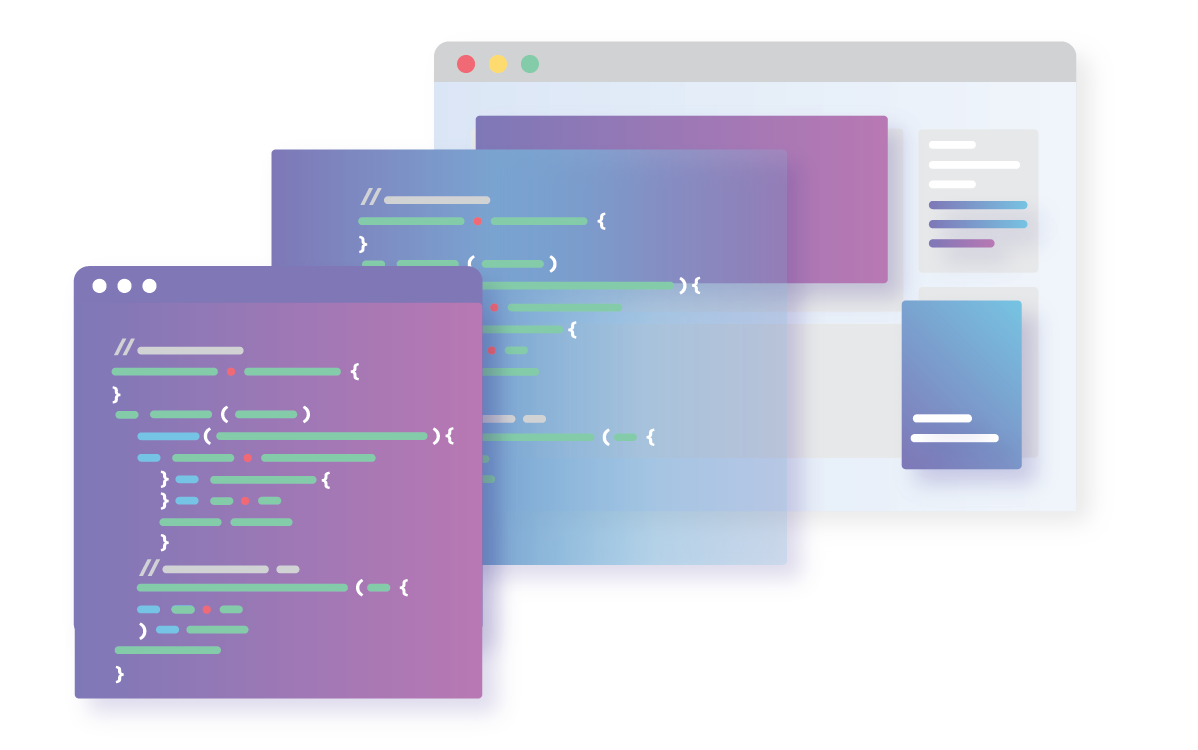Enterprise Solution Offerings: Ensuring Success Across Your Entire Application Portfolio
This week at DockerCon 2019, we shared our strategy for helping companies realize the benefits of digital transformation through new enterprise solution offerings that address the most common application profile in their portfolio. Our new enterprise solution offerings include the Docker platform, new tooling and services needed to migrate your applications. Building on the success and the experience from the Modernize Traditional Applications (MTA) program and Docker Enterprise 3.0, we are excited to expand our solutions and play an even greater role in our customers’ innovation strategy by offering a complete and comprehensive path to application containerization.
Application Profiles
When you hear about different application profiles, you may think about different languages or frameworks or even different application architectures like microservices and monoliths. But one of the benefits of containerization is that all application dependencies are abstracted away and what you have is a container that can be deployed consistently across different infrastructure.
In our work with many enterprise organizations, we’ve validated that the successful adoption of a container strategy is just as much about the people and processes as it is about the technology. There are 3 behavioral patterns that matter and that is dependent on what Continue reading
 Networking startup Stateless rolled out its first product: a software-defined interconnection...
Networking startup Stateless rolled out its first product: a software-defined interconnection... The carrier is looking to the OSF's Kata container project to solve multi-tenancy concerns with...
The carrier is looking to the OSF's Kata container project to solve multi-tenancy concerns with... Cisco previously disclosed 42 advisories in April including critical security alerts for operating...
Cisco previously disclosed 42 advisories in April including critical security alerts for operating... One U.K. parliament member claims that allowing Huawei to participate in the 5G network would be...
One U.K. parliament member claims that allowing Huawei to participate in the 5G network would be...


 The monitoring software company also injected AI and machine learning into its IT and security...
The monitoring software company also injected AI and machine learning into its IT and security...